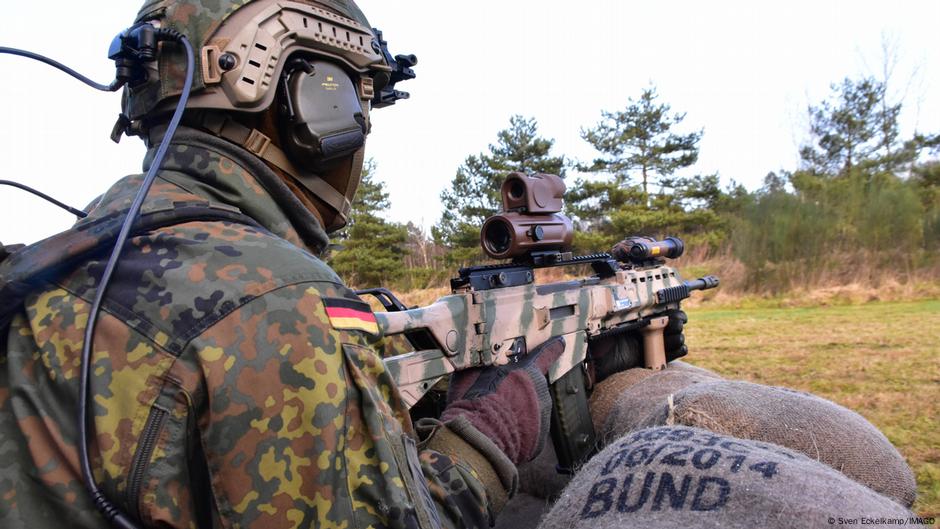- Reaction score
- 12,272
- Points
- 1,160
You know there is a spectrum between obsolete and state of the art, right? And your “low cost” descriptor is probably not accurate for most of what you apply it against. The goal is to get the most capability per dollar spent. That is not achieved by trying to keep things rolling decades past their best before date, and it is also not achieved when paying the premium for the newest capability on the market.
But what is "obsolete"?
Sherman - 75mm 90 to 104 rds or 76mm 71 rds
| Mass | 66,800–84,000 lb (33.4–42.0 short tons, 30.3–38.1 tonnes) depending upon variant[3] |
|---|
M46 Patton - 90 mm 70 rds
| Mass | 97,003 lb (48.502 short tons; 44.000 t)[2] |
|---|
M47 Patton - 90mm - 71 rds
| Mass | 48.6 short tons (44.1 t) combat ready[2]: 119 |
|---|
M48 Patton - 90 to 105mm
| Mass |
|
|---|
M60 Patton - 105 mm - 63 rds
| Mass | M60: 50.7 short tons (46.0 t; 45.3 long tons) M60A1: 52.6 short tons (47.7 t; 47.0 long tons) M60A2: 52.0 short tons (47.2 t; 46.4 long tons) M60A3: 54.6 short tons (49.5 t; 48.8 long tons)[6] |
|---|
Leopard 1 - 105 mm - 55 rds
| Mass | 42.2 tonnes (increased on later models from original 40.0 tonnes)[1] |
|---|
Leopard 2 - 120 mm - 42 rds
| Mass | 2A6: 62.3 tonnes (68.7 short tons) 2A7V: 66.5 tonnes (73.3 short tons) |
|---|
Abrams - 120 mm - 42 rds
| Mass | M1: 60 short tons (54 t)[3] M1A1: 63 short tons (57 t)[3] M1A1 SA: 67.6 short tons (61.3 t) M1A2 SEP v2: 71.2 short tons (64.6 t) M1A2 SEP v3: 73.6 short tons (66.8 t)[4] |
|---|
Challenger 3 - 120 mm
| Mass | 66 tonnes (65 long tons; 73 short tons)[1] |
|---|
MPFS - 105 mm - 38 tons = Sherman weight
CV90120 - 120 mm - 26 to 40 tonnes
CV90105 - 105 mm - 25 tonnes
Centauro B2 - 120 mm - 30 tonnes
Centauro B1 - 105 mm - 24 tonnes
MGS - 105 mm - 28 rds
| Mass | 18.77 tonnes (20.69 short tons; 18.47 long tons) |
|---|
Is an MPFS "obsolete" matched against an Abrams? Or is it just poorly employed?








